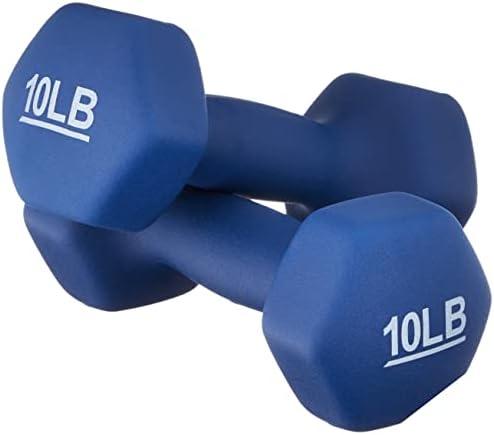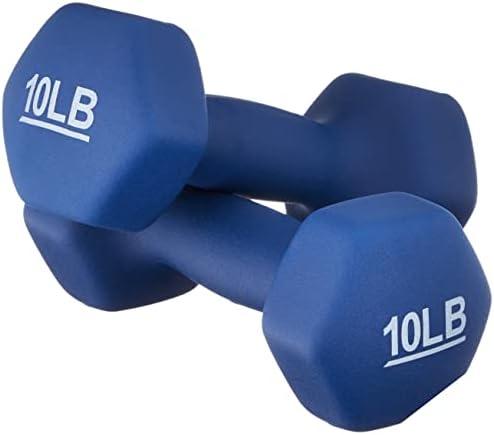Once upon a time in a small town, there lived a young man named Leo who dreamed of having arms as strong as the oak trees surrounding his home. Every day, he would visit the local gym, where he met an old trainer named gus. Gus shared a secret: “It’s not just about lifting weights; it’s about consistency and technique.” Inspired, Leo crafted a routine, focusing on form and gradually increasing his weights. Weeks turned into months, and soon, his arms transformed, not just in size but in strength. Leo learned that dedication, not shortcuts, was the true path to growth.
Table of Contents
- Understanding Muscle Anatomy for Optimal Growth
- Effective Training Techniques to Maximize Arm Size
- Nutrition Strategies to Fuel arm Development
- Recovery Practices to Enhance Muscle Growth and Performance
- Q&A
Understanding Muscle Anatomy for Optimal Growth
To effectively increase the size of your arms, it’s essential to grasp the intricate structure of the muscles involved. The primary muscles that contribute to arm growth are the biceps brachii, triceps brachii, and brachialis. Understanding their locations and functions can help you tailor your workouts for maximum effectiveness. The biceps, located at the front of the upper arm, are responsible for flexing the elbow and rotating the forearm. In contrast, the triceps, situated at the back, play a crucial role in extending the elbow. The brachialis, lying beneath the biceps, assists in elbow flexion and adds thickness to the upper arm.
When designing your training regimen, consider the **muscle fibers** within these muscles. The biceps and triceps consist of both slow-twitch and fast-twitch fibers, which respond differently to various types of training. To stimulate growth, incorporate a mix of **heavy lifting** and **higher-rep** exercises. Heavy weights with lower repetitions can target fast-twitch fibers, promoting strength and size, while lighter weights with higher repetitions can enhance endurance and muscle definition.
In addition to focusing on the major muscle groups, don’t overlook the importance of **stabilizing muscles**.The forearm muscles, including the brachioradialis and wrist flexors, play a vital role in overall arm strength and aesthetics. Incorporating exercises that engage these muscles, such as wrist curls and reverse curls, can lead to a more balanced and well-developed arm. This holistic approach ensures that all aspects of your arm anatomy are being trained, leading to optimal growth.
Lastly, remember that **recovery** is just as crucial as training. Muscles grow during rest,not during workouts. Ensure you’re allowing adequate recovery time between sessions targeting the arms, and consider incorporating techniques such as stretching and foam rolling to enhance blood flow and reduce soreness. Nutrition also plays a pivotal role; prioritize protein intake to support muscle repair and growth. By understanding the anatomy of your arms and applying these principles, you can create a complete strategy for achieving bigger, stronger arms.
Effective Training Techniques to Maximize arm Size
To achieve impressive arm size, it’s essential to incorporate a variety of training techniques that target both the biceps and triceps effectively. **Compound movements** should form the foundation of your routine, as they engage multiple muscle groups and promote overall growth. Exercises such as bench presses, pull-ups, and rows not only build strength but also stimulate the arms as secondary muscles. By integrating these into your workouts, you’ll create a solid base for arm development.
Along with compound lifts, **isolation exercises** play a crucial role in maximizing arm size.Focus on movements that specifically target the biceps and triceps, such as:
- Barbell curls
- Dumbbell hammer curls
- Skull crushers
- Tricep dips
These exercises allow for concentrated tension on the muscles, promoting hypertrophy. Aim for a mix of high-rep and low-rep sets to challenge your muscles in different ways, ensuring they adapt and grow.
Another effective technique is **progressive overload**, which involves gradually increasing the weight or resistance used in your workouts.This principle is vital for muscle growth, as it forces your muscles to adapt to new challenges. Keep a training log to track your progress and aim to increase your weights or reps every few weeks. this consistent challenge will push your muscles beyond their comfort zone, leading to notable gains in size.
Lastly, don’t underestimate the power of **proper recovery and nutrition**. Muscles grow during rest, so ensure you’re allowing adequate time for recovery between arm workouts. Incorporate rest days and consider splitting your training to focus on arms specifically. Additionally, fuel your body with a balanced diet rich in protein, healthy fats, and carbohydrates to support muscle repair and growth. Prioritizing these elements will enhance your training efforts and contribute to achieving those bigger arms you desire.
Nutrition Strategies to Fuel Arm Development
To achieve significant arm growth, it’s essential to focus on a well-rounded nutrition plan that supports muscle development. **Protein** is the cornerstone of muscle repair and growth, so incorporating high-quality sources is crucial. Aim for lean meats like chicken, turkey, and fish, as well as plant-based options such as lentils, chickpeas, and quinoa. Consuming protein-rich snacks post-workout can also enhance recovery and stimulate muscle synthesis.
In addition to protein, **healthy fats** play a vital role in hormone production, including testosterone, which is critically important for muscle growth. Incorporate sources like avocados, nuts, seeds, and olive oil into your meals. These fats not only provide energy but also support overall health,ensuring your body is primed for intense training sessions.
Carbohydrates are equally important, as they serve as the primary fuel source for your workouts. Focus on complex carbohydrates that release energy slowly, such as whole grains, sweet potatoes, and brown rice. these foods will help maintain your energy levels during workouts, allowing you to push harder and maximize your arm training sessions. Pairing carbs with protein post-exercise can further enhance recovery.
Lastly, staying **hydrated** is frequently enough overlooked but is essential for optimal performance and recovery. Water aids in nutrient transport and helps prevent fatigue during workouts. Consider incorporating electrolyte-rich beverages, especially after intense training sessions, to replenish lost minerals. Monitoring your hydration levels can make a significant difference in your overall performance and muscle growth.
Recovery Practices to Enhance Muscle Growth and Performance
To maximize muscle growth and performance, incorporating effective recovery practices into your routine is essential. **Sleep** is one of the most critical components of recovery. Aim for 7-9 hours of quality sleep each night to allow your muscles to repair and grow. During deep sleep, the body releases growth hormone, which plays a vital role in muscle development. Establishing a consistent sleep schedule can considerably enhance your recovery process.
Another key aspect of recovery is **nutrition**. Consuming a balanced diet rich in protein, healthy fats, and carbohydrates is crucial for muscle repair. Post-workout meals should ideally include a combination of protein and carbohydrates to replenish glycogen stores and promote muscle synthesis. Consider incorporating foods such as lean meats, fish, eggs, legumes, and whole grains into your diet. Additionally, staying hydrated is essential; aim to drink plenty of water throughout the day to support overall bodily functions.
Incorporating **active recovery** days into your training regimen can also be beneficial. Engaging in low-intensity activities such as walking, yoga, or swimming can help increase blood flow to the muscles, aiding in the removal of metabolic waste and reducing soreness.These activities can also enhance flexibility and mobility, which are crucial for optimal performance during your workouts. Listen to your body and allow it to guide you in determining the right balance between intense training and recovery.
Lastly, consider integrating **recovery techniques** such as foam rolling, stretching, and massage therapy into your routine. Foam rolling can help alleviate muscle tightness and improve circulation, while regular stretching can enhance flexibility and reduce the risk of injury. Massage therapy not only promotes relaxation but also aids in muscle recovery by increasing blood flow and reducing muscle tension. By prioritizing these recovery practices, you can create a solid foundation for muscle growth and improved performance in your arm training journey.
Q&A
-
What exercises are best for growing arm size?
To effectively grow your arms, focus on compound and isolation exercises. Some of the best include:
- Barbell curls
- Dumbbell tricep extensions
- Close-grip bench press
- Chin-ups
- Skull crushers
-
How often should I train my arms?
For optimal growth, aim to train your arms 2-3 times a week. Ensure you allow at least 48 hours of recovery between sessions to promote muscle repair and growth.
-
Is nutrition important for arm growth?
Absolutely! Nutrition plays a crucial role in muscle growth.Focus on a balanced diet rich in:
- Protein (chicken, fish, legumes)
- Healthy fats (avocados, nuts)
- Complex carbohydrates (whole grains, vegetables)
Consider consuming a protein-rich snack post-workout to aid recovery.
-
How long will it take to see results?
Results can vary based on individual factors such as genetics, diet, and consistency. Generally, with a dedicated routine, you may start noticing changes in arm size within 6-8 weeks.
growing bigger arms is a journey that combines dedication,the right techniques,and a balanced approach to nutrition. Embrace the process, stay consistent, and watch your hard work transform into impressive gains. Your stronger arms await!

大家好,我是彼得潘,專業的手法身體治療師。我喜歡探索和研究各種主題,並透過與人工智慧的合作分享專業、實用、有趣的文章。我們定期進行人工審核,以確保內容的準確性。如果您發現文章中有任何不準確的地方,請隨時與我們聯繫,我們會及時糾正。您可以透過 [email protected] 與我們聯繫。



